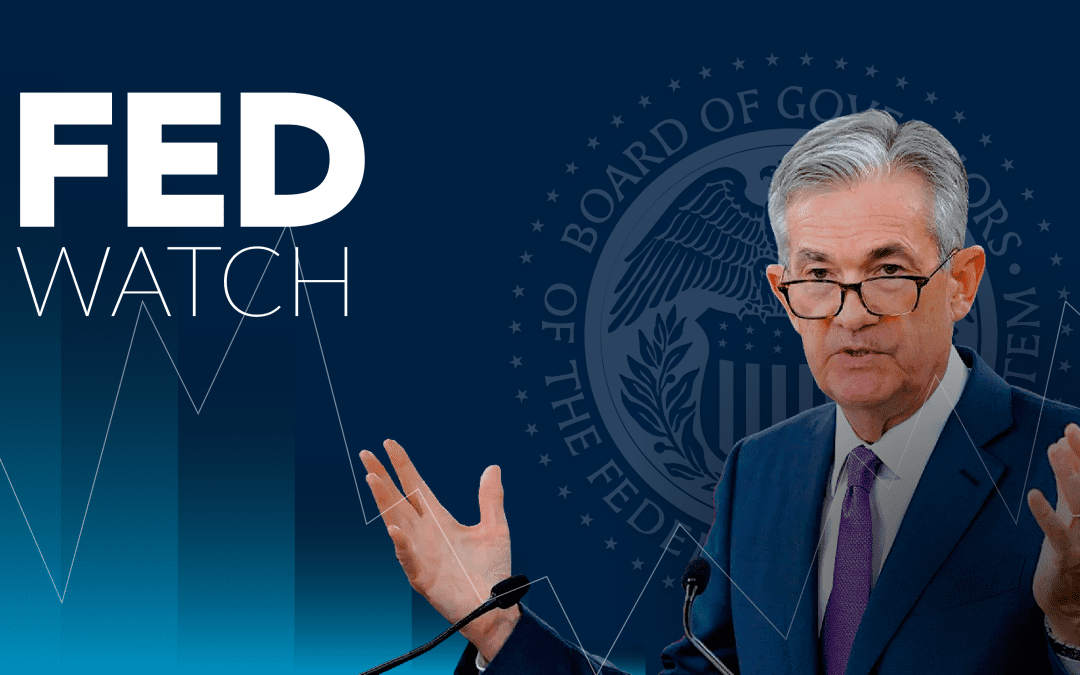Is US inflation going to surprise on the upside in the US? Relative liquidity developments continue to support the idea of higher USD-flation compared to EUR-flation.


Is US inflation going to surprise on the upside in the US? Relative liquidity developments continue to support the idea of higher USD-flation compared to EUR-flation.

As Lorie Logan hinted on Friday, the QT policy is running on fumes at the Fed, which leads us to ask the question; “How do we trade the QT taper and the subsequent more benign bank reserve bank case?”

The liquidity tailwinds paired with fading Red Sea fears lead equities higher again. The mini positioning wash-out leaves a good entry-point for Q1 risk-on trade here.

This week’s inflation numbers are unlikely to fuel receiver bets in USD fixed income, while freight rates remain the center of attention. Meanwhile, liquidity is improving fast.

Limited upside in the ISM Manufacturing index as we await a dovish EUR-flation number coming in on Friday. There are plenty of things to look at in the global macro landscape this week.

A relatively nasty start to the year with an according mini wash-out in positioning. Will liquidity be sufficient to keep risk assets bid through the month?

Happy New Year to all of you! Powell and Yellen will deliver a sizable “stealth QE” New Years gift to all of us, but mostly to banks. The liquidity addition will likely be one of the fastest on record. Here is why!

The weekly EIA numbers keep surprising with extremely strong energy demand, while USD liquidity is about to soar further. Interesting cocktail, which is not necessarily disinflationary in the US in 2024.

The USD is trading weak versus especially low-yielding peers, which is consistent with a bull-steepening of the yield curve. The question is if the SNB and the BoJ will have to change plans due to stronger FX developments.

Risk assets are unlikely to sell off until the liquidity tricks come to a halt. Another trick up the Fed’s sleeve is now adding to USD liquidity ahead of New Years. A nice present from Powell and Yellen to banks!

USD liquidity is ample ahead of turn, which makes for a slightly bearish USD case. Meanwhile, risk assets are likely to continue to enjoy the cocktail of 1) improving liquidity, 2) inflation surprising on the low side and 3) growth holding up ok.

Risk assets remain in overbought territory and weak FedEx reporting triggered a reversal. They say that FedEx is the economy, which is why 2024-tails keep getting fatter.

US data surprises have started to soften, but given the oil demand, service sector price plans- and hiring intentions, it is safe to say that the slowdown is still well-hidden. European inflation is waning much faster than across the pond.

It is amusing to watch the flow of 2024 outlooks coming in. Suddenly hopes/expectations of soft landings are revised up left, right and center after an immaculate November. Price always leads the narrative, also in this case.

Just as most tabloid models forecasted a near-0% chance of a recession within the next year, markets reacted in stark contrast. Can the recent broad based selloff and the following and current rally be explained by developments in liquidity, inflation, or growth?

The quarterly refunding report will likely allow the Fed to be hawkish for longer as the liquidity outlook is decently benign, while the bond-zooka was avoided (for now). Find the details here.

USDJPY will probably be THE pair to watch, as a break of the 150 handle will be catastrophic for risk sentiment and the path for BoJ. Read what else to look out for in global macro in our 5 things to watch.

The Fed no longer does QT in practice as they likely fear the repercussions for the yield curve should they allow USD liquidity to truly dwindle. The ECB on the other hand remains steady in bringing liquidity down. EUR-flation will drop faster than USD-flation.

The monthly money growth in Europe continues to look dire. Will it impact GDP with a time-lag as per usual? Then 2024 looks, ahem, recessionary.

With the US inflation report coming in later today, we have a look at the 5 things that we are keeping an eye out for in markets.

Emergency lending facilities provided by the Federal Reserve, and the BTFP in particular, relieved banks in distress and helped them stay afloat, but are the same risks still lurking or has the need for funding eased?

We are back to the good old discussion on whether eight straight months of manufacturing contraction equals a recession or not. The jury is still out, and equity markets have not received the memo yet in case. The ISM Services will be a guiding star, but not a decisive one.

Expectations are real, while the reality is nominal! Soft data keeps getting the reality wrong, which is probably a phenomenon that relates to the extreme spread between nominal- and real figures. Will this issue keep wrong-footing everyone?

Risk appetite is back in markets while we wait for June inflation numbers in Europe. The big panel discussion at the Sintra conference will be closely watched today.

The ECB tries to incentivize governments to withdraw their funds from the ECB to mitigate a complete catastrophe when the QT race really begins at double speed from July and onwards. Will they succeed, and what will the ramifications be? Find out here.

With the recent central bank bonanza, pivot hopes and the ongoing rally in equities, there are plenty of things to take a look at in this week’s edition of ‘5 Things We Watch’. Follow along, as we share our thoughts on what to look out for in the weeks to come.

Ahead of the ECB decision, we release our chart book on the connection between EUR liquidity and moves in EUR markets. The ECB is likely to ramp up QT from July onwards and TLTRO repayments add to the liquidity malaise.

An agreement on lifting the statutory debt ceiling has been made, and the treasury general account now has to be replenished by issuing new debt. What does that imply for financial markets, and is the outlook as bleak as some pundits claim?

A WSJ article suggested that US banks will be required to hold up to 20% more capital should the Basel rules be fully implemented by 2025. The Fed is likely to present a new direction for regulation by the end of this month according to sources. How severe is this? Here are the numbers..

Our monthly update on our asset allocation framework is out. We track down liquidity, inflation, and growth in all major economies. Inflation is currently stealing the show as liquidity remains wobbly. Remain long the disinflation theme.